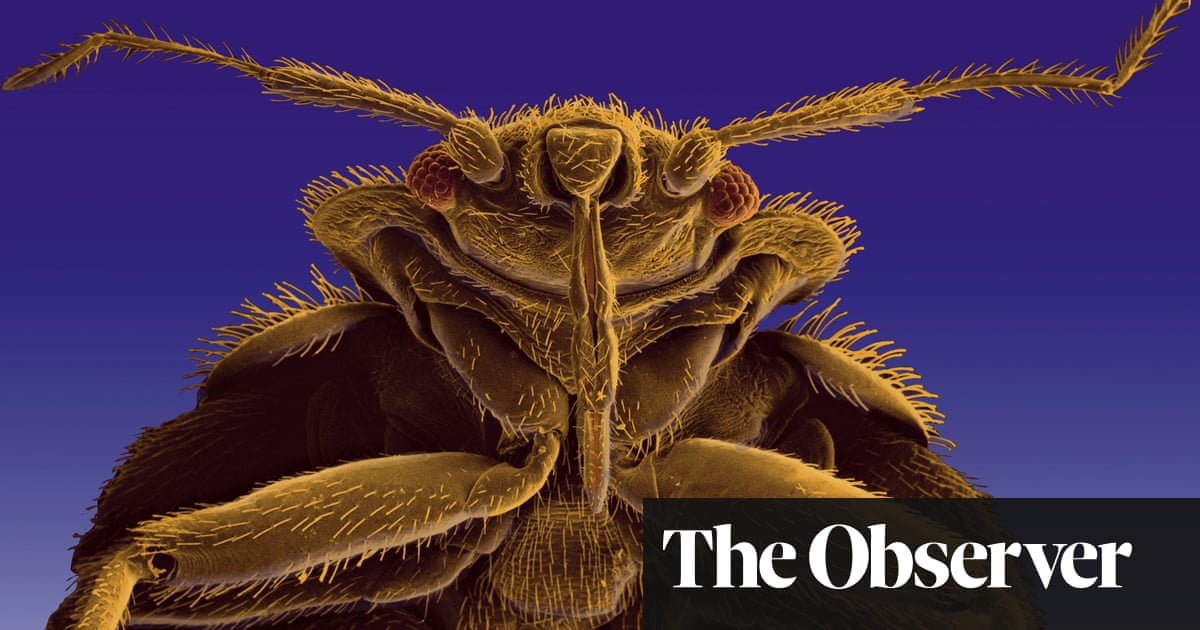- cross-posted to:
- world@lemmy.world
- worldnews@lemmit.online
- cross-posted to:
- world@lemmy.world
- worldnews@lemmit.online
This is an automated archive made by the Lemmit Bot.
The original was posted on /r/2westerneurope4u by /u/am-345 on 2024-02-03 20:00:00.
This is the best summary I could come up with:
Dr Andrew Birley, who heads the Vindolanda archaeological team, said: “It is incredibly rare to find them in any ancient context.”
The discovery was made by Katie Wyse Jackson 24, a University College Dublin (UCD) student working on the excavated material as part of her research masters in archaeoentomology, the study of insects at archaeological sites.
Focusing on one of Vindolanda’s lowest layers, which dates to around AD100, she recovered two thoraces believed to have come from the common bedbug known by its Latin name, Cimex lectularius.
Noting that Pliny, the Roman philosopher, wrote of the medicinal value of bedbugs in the treatment of certain ailments, such as ear infections, she added: “People then had all sorts of notions of what insects could do.”
The specialist team included Dr Stephen Davis, a lecturer in environmental archaeology at UCD.
In analysing soil samples, she has also found beetles that can give further insights: “I can learn about trade, food storage, hygiene, waste disposal from what species are present and in what numbers.
The original article contains 421 words, the summary contains 171 words. Saved 59%. I’m a bot and I’m open source!


